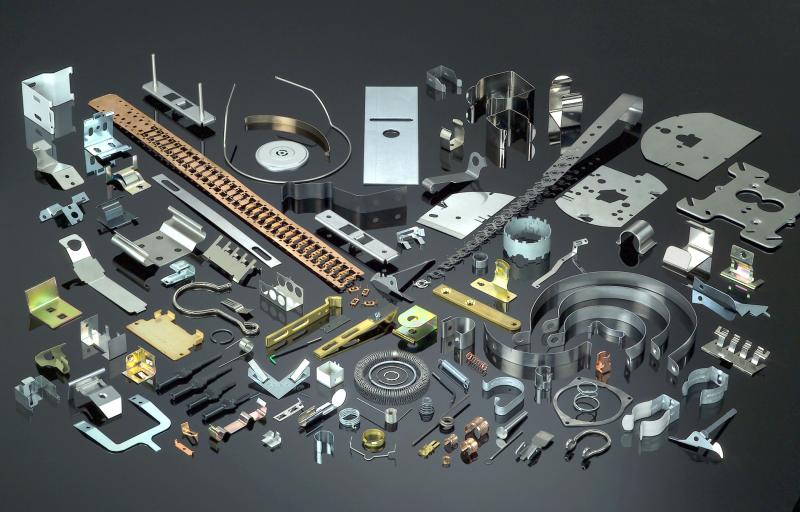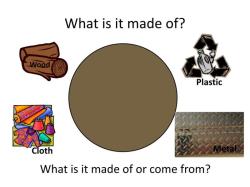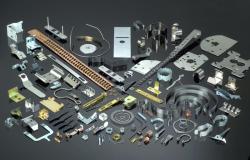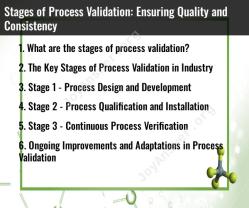What is the design guide for metal stamping?
Designing for metal stamping involves several considerations to ensure successful manufacturing. Here's a guide covering key aspects:
Material Selection:
- Choose suitable materials for stamping, considering factors like strength, ductility, and formability. Common choices include steel, aluminum, copper, and alloys.
Design for Manufacturability (DFM):
- Keep designs simple and avoid complex features if possible. Minimize sharp corners, use uniform material thickness, and incorporate standard shapes to ease the stamping process.
Tolerance and Dimensioning:
- Specify accurate dimensions and tolerances in the design. Clearly define critical dimensions and tolerances to ensure the stamping meets the required specifications.
Blanking and Piercing:
- Design the layout for blanking (cutting out the shape) and piercing (creating holes or openings). Optimize the layout to reduce scrap material and optimize the use of the raw material.
Bending and Forming:
- Consider the bends and forms required in the design. Ensure that bends and forms are feasible within the stamping process without causing excessive material thinning or deformation.
Draft Angles and Radii:
- Incorporate draft angles and radii to aid in material flow and prevent tearing during the stamping process. Use appropriate radii for corners to minimize stress concentration.
Tooling and Die Design:
- Collaborate with tooling engineers to design dies and tooling that match the intended stamping process. Consider factors like die clearance, punch and die size, and die material.
Consideration for Surface Finish:
- Account for the required surface finish in the design. Specify surface textures or finishes needed after stamping, as this might affect the stamping process and tooling.
Prototyping and Testing:
- Create prototypes to test the design for feasibility, accuracy, and functionality. Prototyping helps identify potential issues early in the process and allows for necessary adjustments.
Safety and Compliance:
- Ensure designs comply with safety standards and regulations, especially if the stamped parts are intended for specific industries or applications.
Consultation and Expertise:
- Engage with experienced metal stamping professionals, tooling experts, and engineers during the design phase. Their insights can help optimize the design for efficient stamping.
By integrating these considerations into the design process, you can optimize metal stamping designs for efficient manufacturing, reduced waste, and high-quality finished products.
1. Essential Guidelines for Metal Stamping Design
Metal stamping design guidelines provide a set of principles and recommendations to ensure the effective and efficient production of high-quality metal stamped parts. These guidelines encompass various aspects of the design process, from material selection and part geometry to tooling design and manufacturing considerations.
Here are some essential guidelines for metal stamping design:
Material Selection: Choose the appropriate material based on the desired properties, such as strength, formability, and corrosion resistance. Consider factors like thickness limitations and grain direction.
Part Geometry: Design the part geometry with consideration for the stamping process, including bend radii, feature placement, and draft angles. Avoid sharp corners, deep pockets, and excessive material removal.
Tolerancing: Apply appropriate tolerances to dimensions and features, considering the capabilities of the stamping process and the functional requirements of the part.
Tooling Design: Design tooling, including dies, punches, and blanking tools, to ensure accurate part formation, proper material flow, and minimal stress concentration.
Manufacturing Considerations: Account for factors like blank size, lubrication, and press capacity to optimize the stamping process and minimize defects.
2. Facilitating Efficient Metal Stamping Processes with Design Guides
Design guides serve as a valuable resource for engineers and designers involved in metal stamping projects. They provide a structured framework for decision-making and help to streamline the design process, leading to several benefits:
Reduced Design Errors: Design guides help to prevent common design errors that can lead to costly production problems, such as material tearing, part distortion, and tooling damage.
Optimized Material Utilization: By adhering to design guidelines, engineers can optimize material usage, reducing scrap and minimizing material costs.
Improved Process Efficiency: Design guides promote efficient manufacturing processes by considering tooling capabilities, press capacity, and lubrication requirements.
Enhanced Part Quality: By following design guidelines, engineers can produce high-quality, defect-free parts with consistent dimensions and tolerances.
3. Industry Standards and Best Practices in Metal Stamping Design Guides
Metal stamping design guides often incorporate industry standards and best practices to ensure that parts are designed and manufactured according to recognized industry norms. These standards and best practices are based on extensive experience and research in the metal stamping industry.
Examples of industry standards and best practices in metal stamping design guides include:
Dimensional Tolerancing Standards: Guidelines often reference standards like ISO 286-2 for tolerances of holes and shafts, ensuring compatibility with standard tooling and mating components.
Material Specifications: Design guides may incorporate material standards like ASTM or SAE, providing references for material properties, formability characteristics, and heat treatment requirements.
Tooling Design Standards: Guidelines may reference tooling standards like DIN or ISO for tool dimensions, surface finishes, and material specifications, ensuring compatibility with standard tooling components.
4. Customizing Design Guides for Specific Projects or Materials
While metal stamping design guides provide general principles, they can be customized to address specific project requirements or material characteristics. This customization can involve:
Material-Specific Considerations: Guides can be tailored to specific materials, such as high-strength steels or aluminum alloys, considering their unique formability and strength properties.
Project-Specific Requirements: Design guides can be adapted to specific project requirements, such as tight tolerances, complex geometries, or high production volumes.
Company-Specific Standards: Guides can incorporate company-specific standards or preferred practices, ensuring consistency and adherence to internal guidelines.
5. Impact of Design Guides on Quality and Precision of Metal Stamping Products
Design guides play a crucial role in ensuring the quality and precision of metal stamping products. By following design guidelines, engineers can:
Minimize Defects: Reduce the occurrence of defects like cracks, tears, and surface imperfections, leading to lower scrap rates and improved product quality.
Enhance Part Accuracy: Ensure that parts are manufactured to precise dimensions and tolerances, meeting functional requirements and assembly specifications.
Improve Process Consistency: Promote consistent manufacturing processes, reducing variability and ensuring repeatability in part quality.
Optimize Production Costs: Minimize material waste, reduce tooling wear, and lower scrap rates, contributing to overall cost savings.
In conclusion, metal stamping design guides serve as a valuable tool for engineers and designers, providing a framework for creating high-quality, defect-free parts through efficient and cost-effective manufacturing processes. By adhering to design guidelines, companies can enhance the quality and precision of their metal stamped products, leading to improved customer satisfaction and business success.









